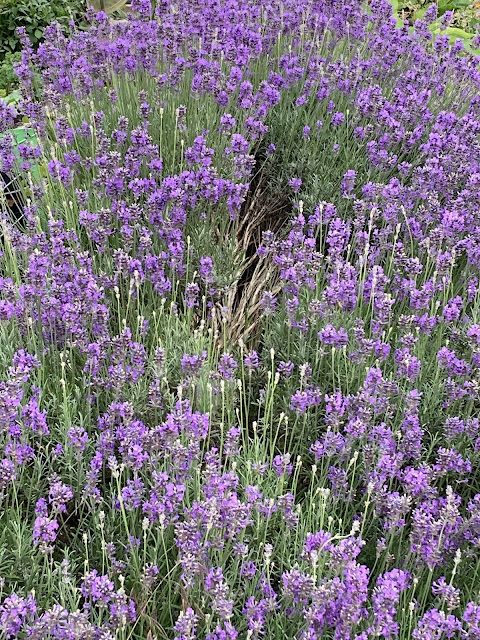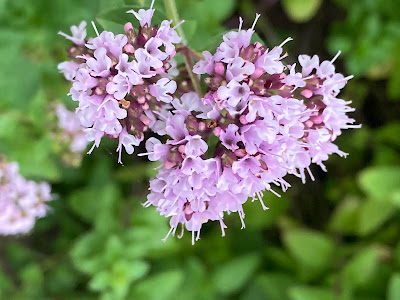Grow black radishes much as you would the common rosy radish, although, as mentioned, they will take longer to mature – about 55 days.
Plant black radish from mid to late summer (or in the fall in mild climates) either directly sown into the garden or started indoors to be transplanted.
Space the plants 2 to 4 inches (5-10 cm.) apart or even farther if you want larger radishes. Sow the seeds in well-draining, loamy soil that has been raked free of stones.
Situate the radish bed in an area that receives at least six hours of sunlight and has a soil pH of 5.9 to 6.8.
For storage, the mature plants can be kept in the ground if temperatures are low. The radish can also be stored for months in a root cellar or kept in the fridge for up to three weeks at 0–5°C (32–41°F).
How to make miso-roasted black radishes
We’re simply roasting some vegetables here—nothing fancy. Miso and roasted radishes make a perfect pair, so we combined miso paste, soy sauce, garlic (very finely minced!) and some vinegar to cook our radishes.
For a fun visual touch, use a vegetable peeler to peel stripes along the length of the radish before slicing it into disks about 1/2 inch thick.
Then, coat them in the miso mixture and roast.
Start with 15 minutes on each side, but depending on how thick your slices are, you might want to add another 5-10 minutes to soften them.
Once they’re soft, remove from the oven and enjoy!
- 2 medium-large black radishes
- 2 tbsp. olive oil
- 1-2 cloves of garlic, very finely minced
- 1 tbsp. red miso paste
- ½ tbsp. soy sauce
- ½ tbsp. rice vinegar
- Salt and pepper, to taste
Instructions
- Preheat the oven to 400°F (200°C). Prepare a baking sheet with a silicone mat and set aside.
- Wash the radishes well, and use a peeler to create stripes, leaving parts with the black skin still attached (totally optional, but a fun visual effect!). Cut the radish into slices, about ½ inch thick.
- Combine the remaining ingredients in a large bowl, and mix well to combine. Once it’s thoroughly mixed together, add the radishes (in batches if necessary), stir to coat, and place on the prepared baking sheet. Pour any remaining sauce over the radishes, and place in the preheated oven. Bake for 15 minutes, flip the radishes over, and bake for another 15-20 minutes until soft and a little crispy.
Using black radishes in pressed salads:
Basically, I slice them very thinly (using the food processor), along with thinly sliced carrot, cucumber, cabbage, etc, add a teaspoon of salt and mix it all for a few minutes with (clean) bare hands until the vegetables start to exude liquid.
Then place a plate on top of the mound of salad, fill a tea kettle with cold water, place it on top of the plate and let it "press" the salad for about an hour.
Then drain off the liquid and voila, a refreshing crunchy salad.
It takes off the sharpness of the black radish so if you like the sharpness this may not be the best recipe, but I find it delightful. I saw this recipe in a macrobiotic cookbook. Bonne année.
























